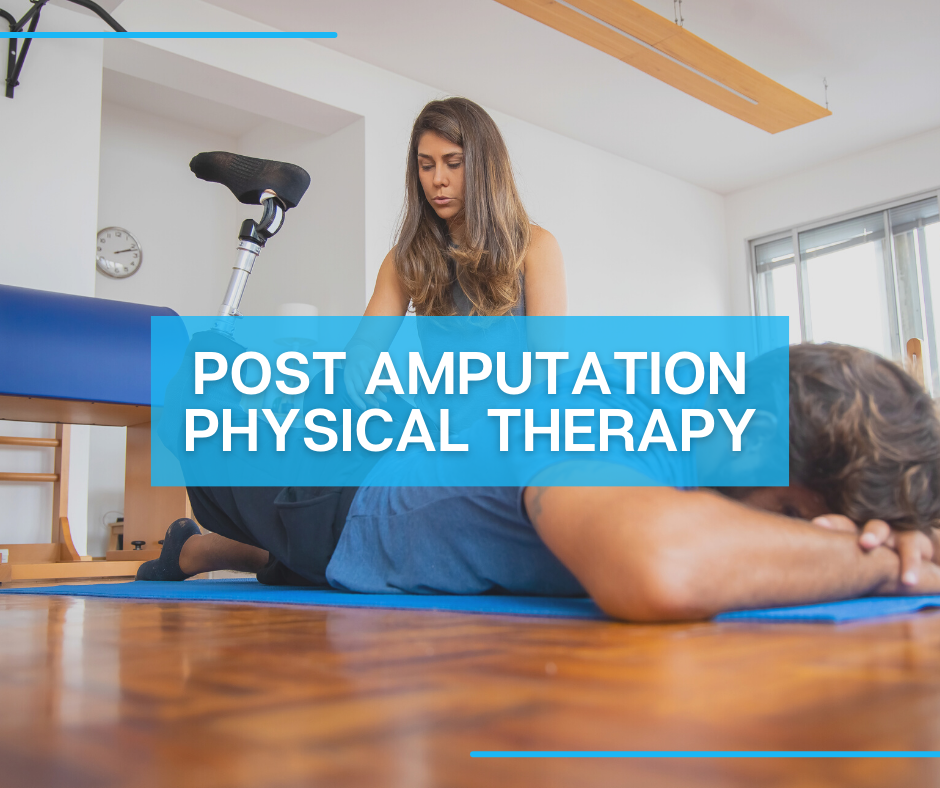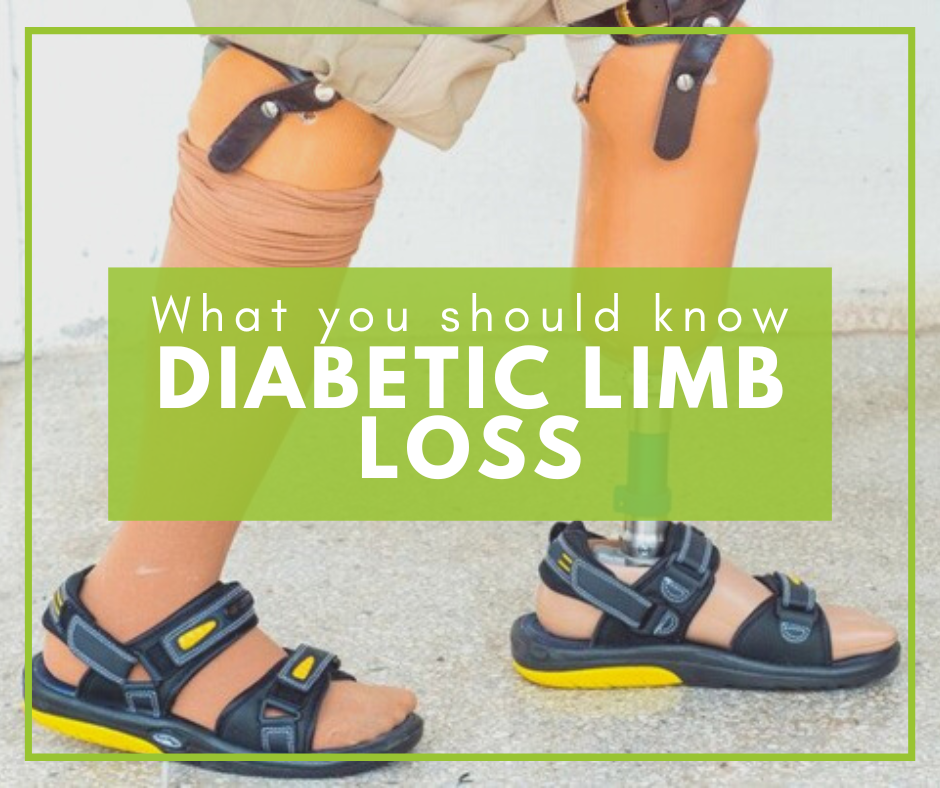
Below the Knee Prosthetics - What You Need to Know

We've come a long way medically, especially in the area of prosthetics. Amputees have more mobility and more options than ever before. If you are looking into purchasing a below-the-knee prosthesis, it can seem overwhelming at first. The team at AOD Prosthetics and Orthotics is here to help.
Here are some answers to common below-the-knee prosthesis questions to help you get accustomed to your new normal.
Frequently Asked Questions
Do I Need a Prosthesis?
You do not necessarily need a prosthesis. Some people find it challenging to work with one, and others find having a prosthesis unnecessary. However, it can become a handy tool, especially for active people, and most people opt to move forward with a prosthesis.
What Is the Process of Getting a Prosthesis?
1. Allow your amputation to heal: An amputation requires extensive recovery, and this will take time. To best expedite the process, you should follow your doctor's orders on caring for your injury. Maintenance consists of keeping the area clean and changing bandages when necessary.
2. Go for several fittings: Fitting a prosthesis requires a lot of detail. The measurements are exact, and your prosthesis will be custom-made. It will take several fittings with your prosthetist to get everything right for you.
3. Get your prosthesis made: When your prosthetist gets the right measurements, many companies will send the information to an outsourced fabrication company that will make the prosthesis. However, AOD Prosthetics and Orthotics provide in-house fabrication of the prosthesis ensuring a high quality, custom fit for every client. The most common materials used to make prostheses are acrylic resin, silicone, and aluminum.
4. Physical therapy: To adjust to using your prosthesis, your doctor will advise you to go to physical therapy. Physical therapy will teach you to walk and get through daily life with your new prosthesis, which can be quite challenging. Some common challenges people experience when trying a new prosthesis include pain, excessive sweating, and improper fit. With time, all necessary corrections will be made, and you will learn to walk with ease.
What Are the Different Components of a Prosthesis Leg?
There are three components of the prosthesis, including the prosthesis itself, the socket, and the suspension. A prosthetic leg is made from lightweight materials and may contain ankle joints. The socket is the molding that fits over your residual limb and attaches the prosthesis to your leg. Once snugly placed, the suspension system is what keeps the leg attached to the body. The suspension system will use a sleeve suction, vacuum suction, or distal locking method.
What Is a K Level?
A K level rates your likelihood to use your new prosthetic limb successfully on a scale from 0–4, and your doctor determines the rating. Your insurance company will use it in part to assess what they will and will not cover. The K level can change after physical therapy and time. The different K levels are as follows:
● K0 Level: The patient cannot utilize a prosthesis, so it will not improve their quality of life.
● K1 Level: The patient can utilize the prosthesis on even surfaces when walking at a steady pace.
● K2 Level: The patient can utilize the prosthesis when they encounter low obstacles, such as curbs and stairs.
● K3 Level: The patient can utilize the prosthesis in almost all environments and conditions.
● K4 Level: The patient can utilize the prosthesis to the point that it exceeds conventional mobility abilities.
Is My Prosthesis Covered by Insurance?
Coverage for your prosthetic leg depends on numerous variables including your injury, your insurance plan, and your specific goals. Since each situation is unique, it's essential to talk to your insurance agent in detail about what is and is not covered. Relay this information word-for-word to your doctors so that they can help you focus on what is covered.
How Do I Care for My Prosthesis?
Your prosthesis needs regular maintenance, just like many other parts of your body. You need to clean your prosthetic limb every day without using chemicals. You need to fully dry it before using it again, so it's best to clean your prosthesis right before bed. Also, make sure always to wear the same heel height when using the prosthesis, as it was designed explicitly with those measurements.
What Do I Do if Something Happens to My Prosthetic Leg?
Like anything else, your prosthetic leg can experience failure. When this happens, you want to be prepared with a bag filled with tools you may need to switch back to walking without the prosthesis.
Next, you need to immediately call your prosthetist and explain the problem to see what steps to take next. Depending on the issue, you may need to send the prosthesis out for repair or even get a replacement. However, some problems only require a quick fix from your doctor.
AOD Prosthetics and Orthotics
Getting a prosthesis can be scary and life-changing, but it will show you that life does go on after a serious accident. However, it takes hard work, patience, and a little bit of pain. We at AOD Prosthetics and Orthotics are here to help make the transition as effective as possible with high-quality products and world-class staff.
Call or email us at AOD Prosthetics and Orthotics today to learn more! We can answer any questions you have about prosthetics and advise you more on the process of getting one.
Treatment & Planning for Tomorrow
AOD Prosthetics & Orthotics combines the highest technology available with the best patient care. Bilingual mobile prosthetic service in San Antonio. Serving amputees and improving their quality of life.

All Rights Reserved | AOD Prosthetics & Orthotics | San Antonio, TX


